Article by: Alice Zhang
As a recent graduate from Purdue University’s mechanical engineering program, I have spent the last three years actively participating in the Purdue Electric Racing team, serving as the Battery Team Leader during the 2015-2016 season.
In today’s rapidly growing electric car industry, Tesla has earned a prestigious reputation, yet its future may not be as bright as it seems. From the widely acclaimed Model S to the yet-to-be-released Model 3 and even the recently established Gigafactory, there are still a number of issues with Tesla’s designs. In this series, starting with the Model S, I will focus on some of these design flaws. If there is positive feedback, I will continue the series.
PART 1: TESLA MODEL S
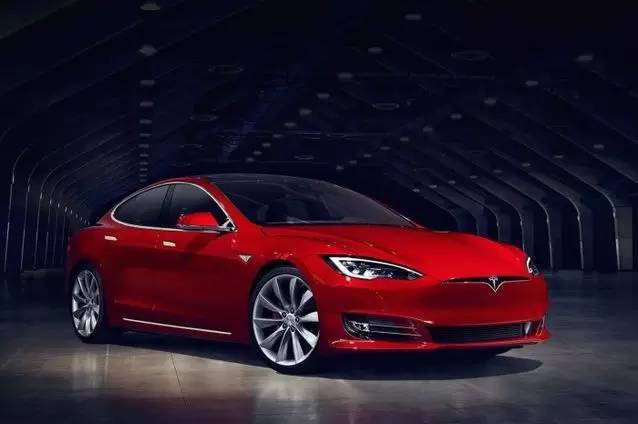
The Tesla Model S is undoubtedly a milestone in the development of electric cars. Priced at $66,000 and up, this car challenges traditional notions of electric cars and reassures many people with its impressive range of up to 500 kilometers. On the North American authority in car evaluation, Kelley Blue Book, the Model S has scored 9.5 out of 10, and many people have rated it as “The best car ever made”.
As an automotive professional, while recognizing the praise Tesla has received, I can’t help but wonder, is Tesla really perfect? After conducting some research on Tesla’s flagship product, I have compiled a list of issues with Tesla’s products.
① Battery
While no other product on the market can compare to Tesla’s battery, the combination of its battery structure is not optimal.
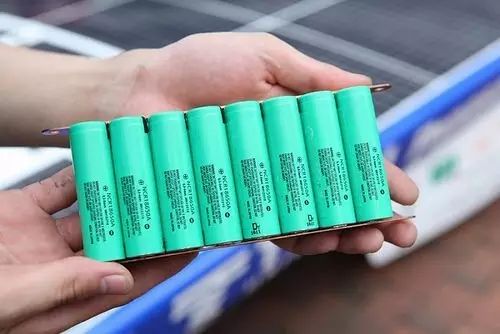 In the previous article, it was mentioned that Tesla uses cylindrical 18650 batteries produced by Panasonic, which have a lower unit price. However, the problem is that the capacity of a single battery is very low, and it takes 14 battery units, or 5376 single batteries, to achieve sufficient battery capacity for a 60 kWh battery pack. Even more, the 85 kWh battery pack required 16 battery units, or 7104 single batteries, to reach the maximum driving range.
In the previous article, it was mentioned that Tesla uses cylindrical 18650 batteries produced by Panasonic, which have a lower unit price. However, the problem is that the capacity of a single battery is very low, and it takes 14 battery units, or 5376 single batteries, to achieve sufficient battery capacity for a 60 kWh battery pack. Even more, the 85 kWh battery pack required 16 battery units, or 7104 single batteries, to reach the maximum driving range.
Compared with the prismatic batteries used by BMW, although the cost has been reduced, it has also increased the risk. Because cylindrical batteries are prone to short circuits causing explosions, which is one of the reasons for the fire caused by the Tesla accident in Indianapolis some time ago.
Moreover, compared with products of the same level, whether it is the Samsung prismatic battery used by BMW with a capacity of 60-96 Ah, or the graphene supercapacitor battery used by the Fisker Emotion, Tesla is slightly inferior. Coupled with the rapid development of fuel cells, it is worrying that Tesla continues to use cylindrical batteries and invest heavily in adding gigafactories.
② Motor
The motor used by Tesla is an AC motor (also known as an induction motor). The characteristics of an AC motor are light weight, low cost, and easy maintenance. However, AC motors are not the best motor option. Brushless DC motors (BLDC motors) are more efficient than DC motors and do not require converters. Although they are more expensive, they have a flat speed rate and can operate normally at the rated speed under the load conditions. They also have the advantages of low rotational inertia and no operating clearance.# Tesla’s Use of DC Motors
Tesla’s official website is also known to use DC motors in honor of Nikola Tesla. Behind this is an interesting story: after cashing in on the wealth brought to him by PayPal, Elon Musk turned his attention to electric cars. When he saw that AC Propulsion could achieve a range of 250 miles and accelerate from 0 to 60 mph in 4 seconds, he decided to use this motor and thus we have Tesla Motors today.
Although Tesla’s current success is obvious, it must be admitted that Elon Musk himself knew little about cars before. This has led to Tesla’s biggest weakness today. The Tesla Model S is targeting the high-end car market, but with huge weaknesses in both the motor and the battery, as well as the launch of high-end new products from traditional car companies, it inevitably makes people nervous for Tesla.
Climate Adaptation
As an electric car produced in Silicon Valley, Tesla also has certain Silicon Valley characteristics. This car has received high praise for its performance and adaptability on the West Coast, but not so much in other areas such as the East Coast and the Midwest. The unique climate in North America makes winters in the Midwest and East very cold, often reaching around minus 30 degrees Celsius, and Tesla’s unique door handle design adds a lot of trouble for users in these areas.
Some users in cold northern regions have reported that the door handle may be frozen in the cold winter, making it impossible to open the door. Some people have to resort to all kinds of methods, including using blow dryers or hot water bags to try to thaw the door handle. The cold climate in North America also affects the range of electric cars. A test record even shows that Tesla Model S’s energy consumption can increase by 21% to 57% in cold winter conditions.
Lack of Mechanical Buttons
Another issue with Tesla is the lack of mechanical buttons, as seen in the picture below.
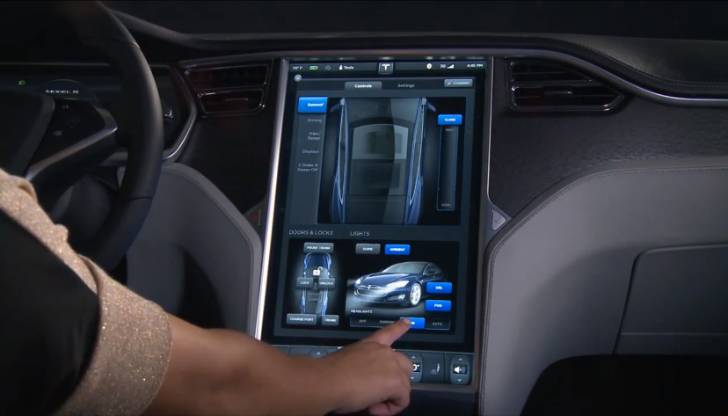 Tesla has greatly simplified traditional mechanical buttons. In the Model S, Tesla has eliminated mechanical buttons for the sunroof, windows, and even interior lighting, fog lights and headlights. However, this radical design is not accepted by all users. Some users believe that the elimination of mechanical buttons makes it more complicated to perform the original simple actions such as opening the sunroof. On the other hand, some users are concerned that this excessive simplification may make users more distracted and cause traffic accidents.
Tesla has greatly simplified traditional mechanical buttons. In the Model S, Tesla has eliminated mechanical buttons for the sunroof, windows, and even interior lighting, fog lights and headlights. However, this radical design is not accepted by all users. Some users believe that the elimination of mechanical buttons makes it more complicated to perform the original simple actions such as opening the sunroof. On the other hand, some users are concerned that this excessive simplification may make users more distracted and cause traffic accidents.
⑤ Autonomous Driving
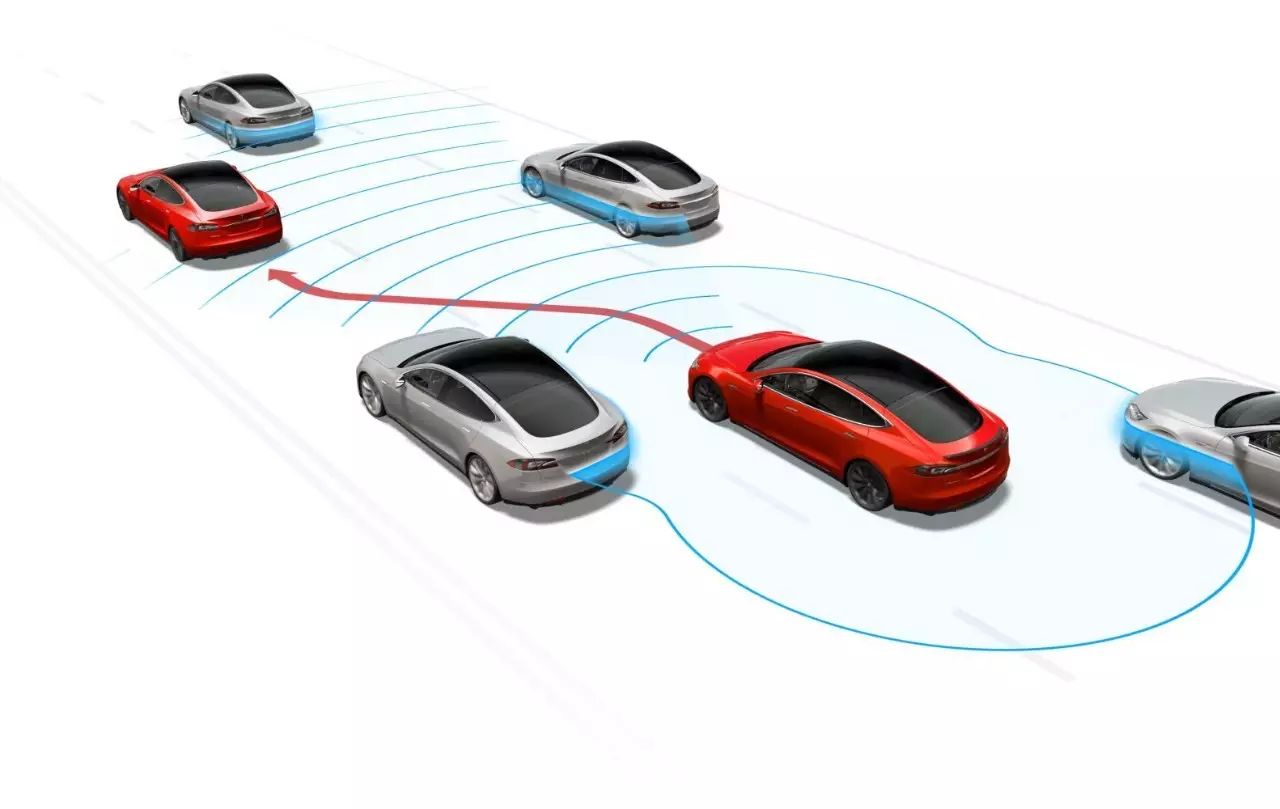
Tesla’s autonomous driving is far from perfect. Although Elon Musk has been emphasizing that several accidents cannot indicate the defects of Tesla’s autonomous driving, it is undeniable that Tesla’s autonomous driving is still immature. Only this year, Tesla’s autonomous driving has caused at least three fatal traffic accidents.
A simple analysis of these accidents reveals that although Tesla’s detection system can achieve a certain degree of autonomous driving on normal roads, it still cannot recognize chassis vehicles such as trucks and trailers very well. In addition, some car owners have reported that when using autonomous driving, Tesla will start to slow down when encountering shadows of trees or objects on the roadside, indicating that Tesla’s radar system still cannot recognize surrounding objects very well.
Since its establishment in 2003, Tesla has made considerable progress and its leading position in the electric vehicle industry is beyond doubt. However, it is undeniable that Tesla is far from perfect. In the current era of mass car-making, traditional automotive companies will bring huge impact to Tesla in the next few years, and the rapid increase in energy density of square batteries and the rapid development of fuel cells will also bring Tesla into a very awkward situation. But I believe that Elon Musk will find the best way for Tesla with his own methods.
Why did Tesla announce the fatal accident happened on May 7 so late?
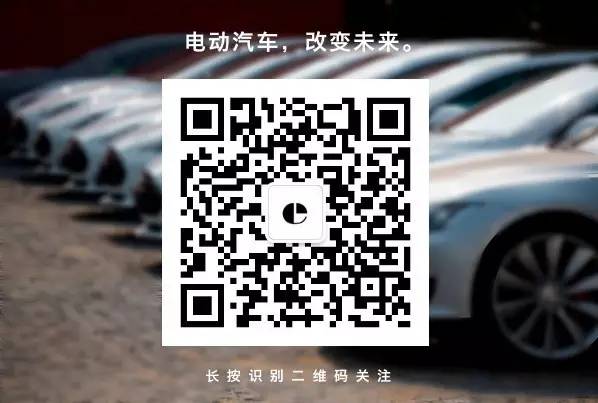
This article is a translation by ChatGPT of a Chinese report from 42HOW. If you have any questions about it, please email bd@42how.com.

